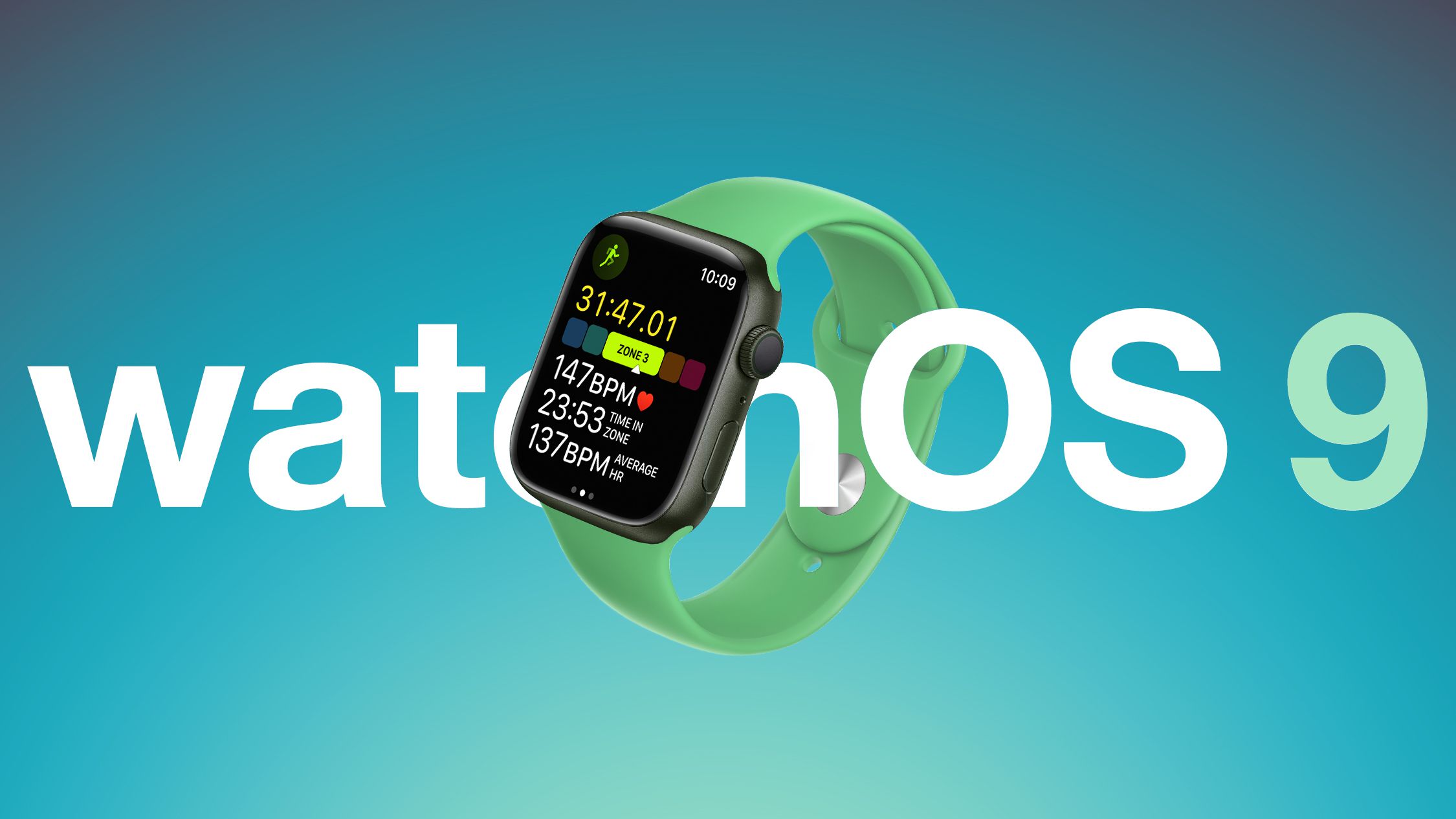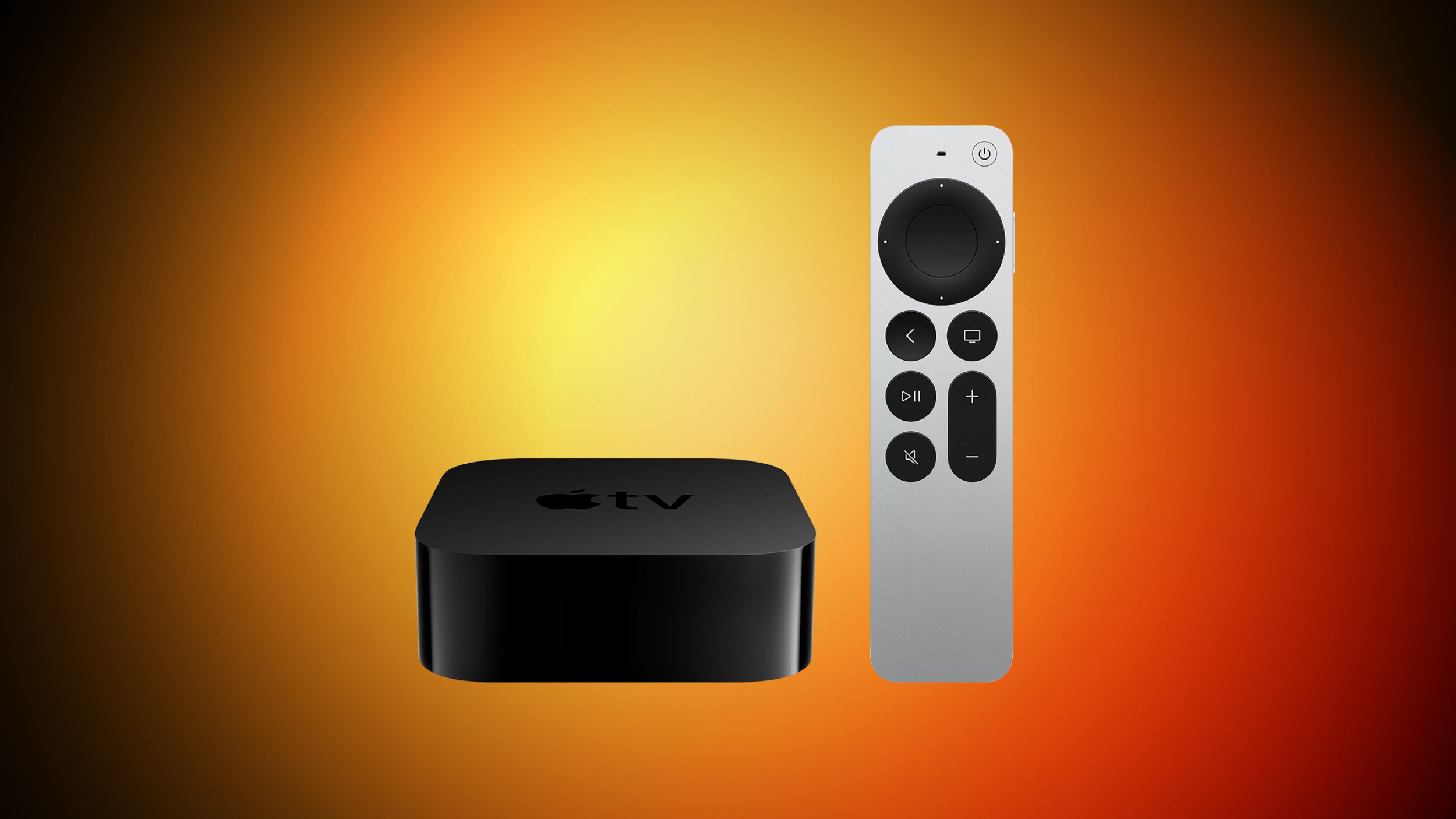Tech aids farmers in satellite-based crop monitoring
Tech aids farmers in satellite-based crop monitoring
Revolutionary Satellite-Based Crop Monitoring System Raises €17m in Seed Funding
Image credit: constellr
For centuries, farmers have relied on walking through their fields to monitor the health of their crops. This traditional method is not only time-consuming but also prone to inaccuracies, especially over large areas. However, German deep tech startup constellr believes it has found a better solution. By leveraging satellite technology, constellr aims to be a farmer’s “eyes in the sky” and has recently raised €17 million in seed funding to scale up its innovative crop monitoring system.
Constellr, a spin-off from Fraunhofer, Europe’s largest organization for applied science, is developing a world-first satellite-based crop monitoring system. The startup’s technology involves constellations of microsatellites, equipped with thermal infrared and hyperspectral imaging instruments. These microsatellites gather daily, global land surface temperature data, which is crucial for monitoring crop health and water availability.
To demonstrate the capability of their technology, constellr sent thermal imaging sensors to the International Space Station for a trial run in 2022. With the recent injection of funds, the company plans to deploy its first shoe-box-sized thermal imagery satellites in 2024. Surprisingly, constellr only needs four satellites in orbit to capture daily imagery of any field on Earth, making their solution efficient and cost-effective.
Once the satellites are deployed, their sensors will capture data that is used to compile heatmaps displaying plant stress and water availability at a sub-field level. This level of accuracy surpasses that of sentinel-3, the European Space Agency’s (ESA) primary Earth observation satellite. constellr’s heatmaps provide a clear visualization of crop health and enable early detection of any changes, allowing farmers to proactively address issues before they become visible to the naked eye.
The significance of this technology cannot be overstated. constellr’s system can identify changes in crop health days to weeks before traditional monitoring methods, giving farmers a critical advantage in preventing crop failures. Such failures not only devastate livelihoods but also disrupt global food supplies. Steven Jacobs, venture partner at Lakestar, one of constellr’s main investors, acknowledges that combating climate change requires enhanced resilience in global food and water systems, making constellr’s technology a vital tool for addressing this fundamental challenge.
Since its establishment in 2019, constellr has successfully raised approximately €30 million in private and grant capital, according to Dealroom data. The recent seed funding round, led by French venture fund Karista, is expected to propel constellr’s growth further. Moreover, constellr recently secured a €5 million contract from the European Commission and ESA to join Copernicus, the world’s largest earth observation program. This recognition underscores the importance and potential impact of constellr’s technology in transforming the agricultural industry.
In line with its ambition to become Europe’s market leader in beyond-visual data services for smart farming, constellr also acquired ScanWorld, a Belgian hyperspectral satellite imagery and analytics startup, in April. This strategic move strengthens constellr’s position and complements its existing capabilities, ultimately positioning the company as a leader in providing valuable insights to farmers for optimized decision-making.
By combining cutting-edge satellite technology, thermal imaging sensors, and hyperspectral imaging, constellr’s innovative crop monitoring system revolutionizes the way farmers track and manage their crops. With the ability to detect crop health changes before they are visible to the naked eye, constellr empowers farmers to take proactive measures, prevent failures, and contribute towards more resilient global food and water systems. As constellr continues to scale its operations and develop its network of microsatellites, the future of crop monitoring looks brighter than ever before.
Note: The image above compares constellr’s heatmaps (right) with those captured by the ESA’s Sentinel-3 satellite.






